Hairy Cup-flower,
Hairy Angianthus
Display all 19 images
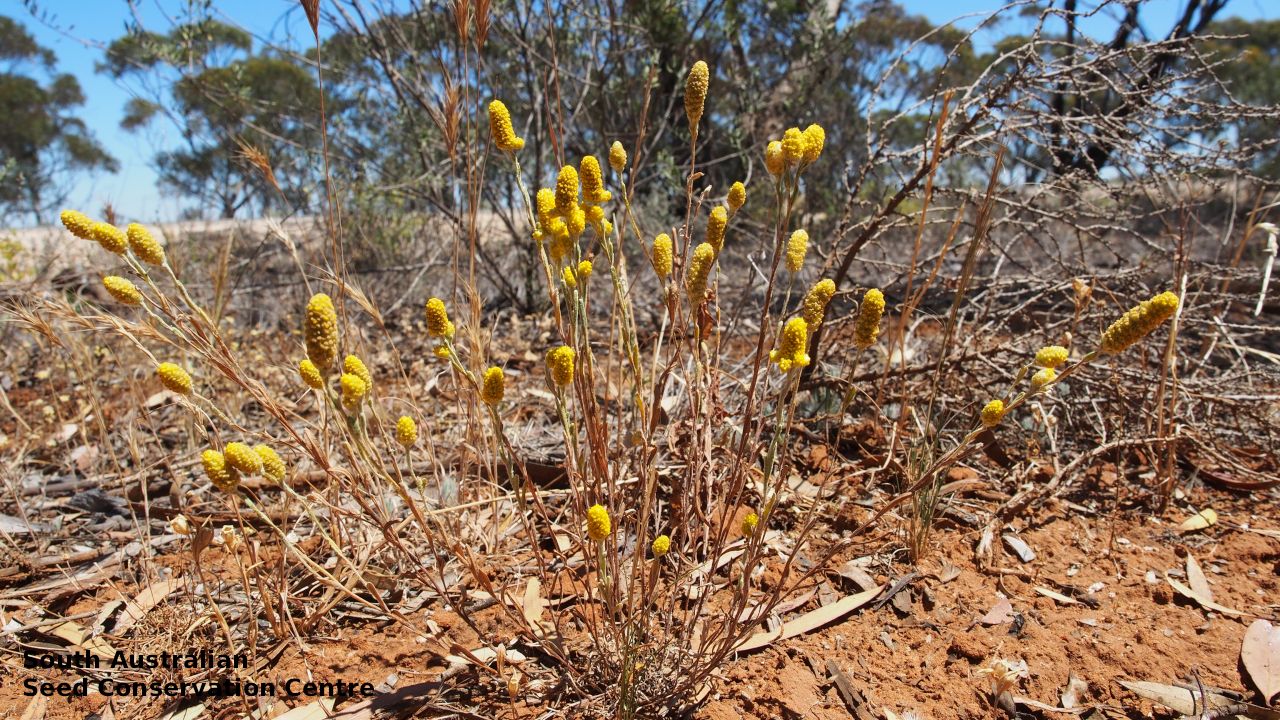
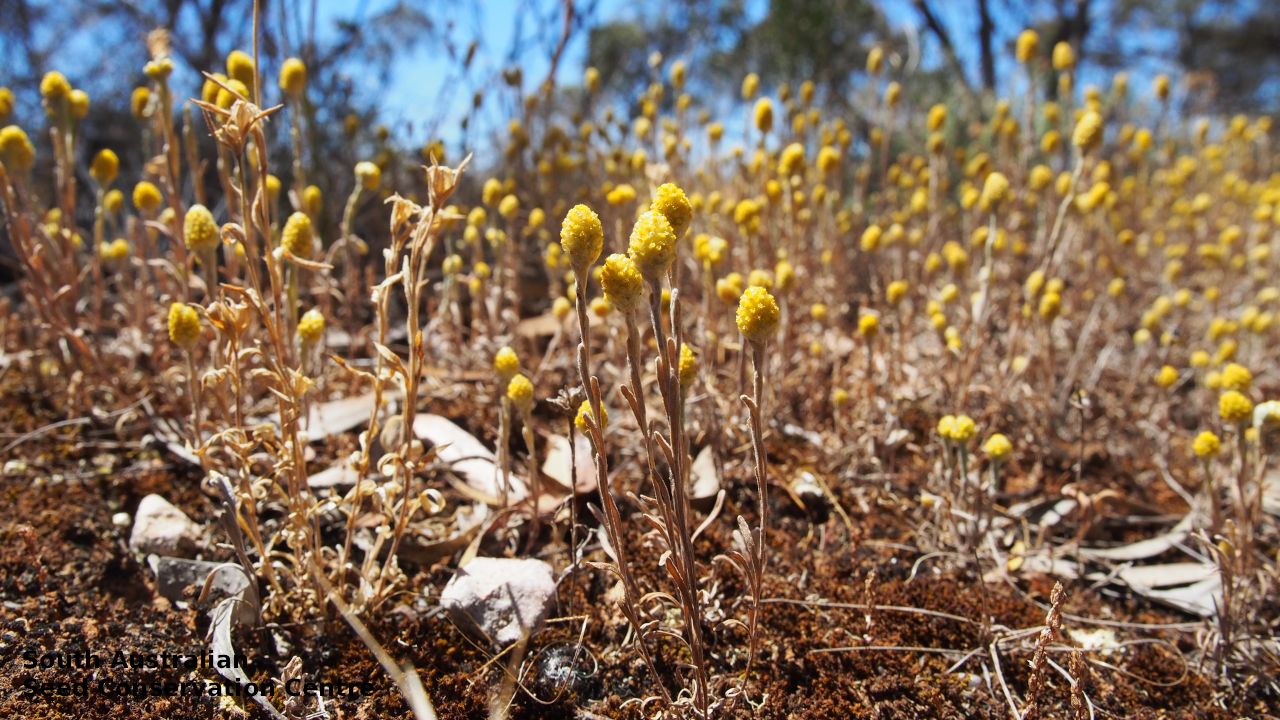
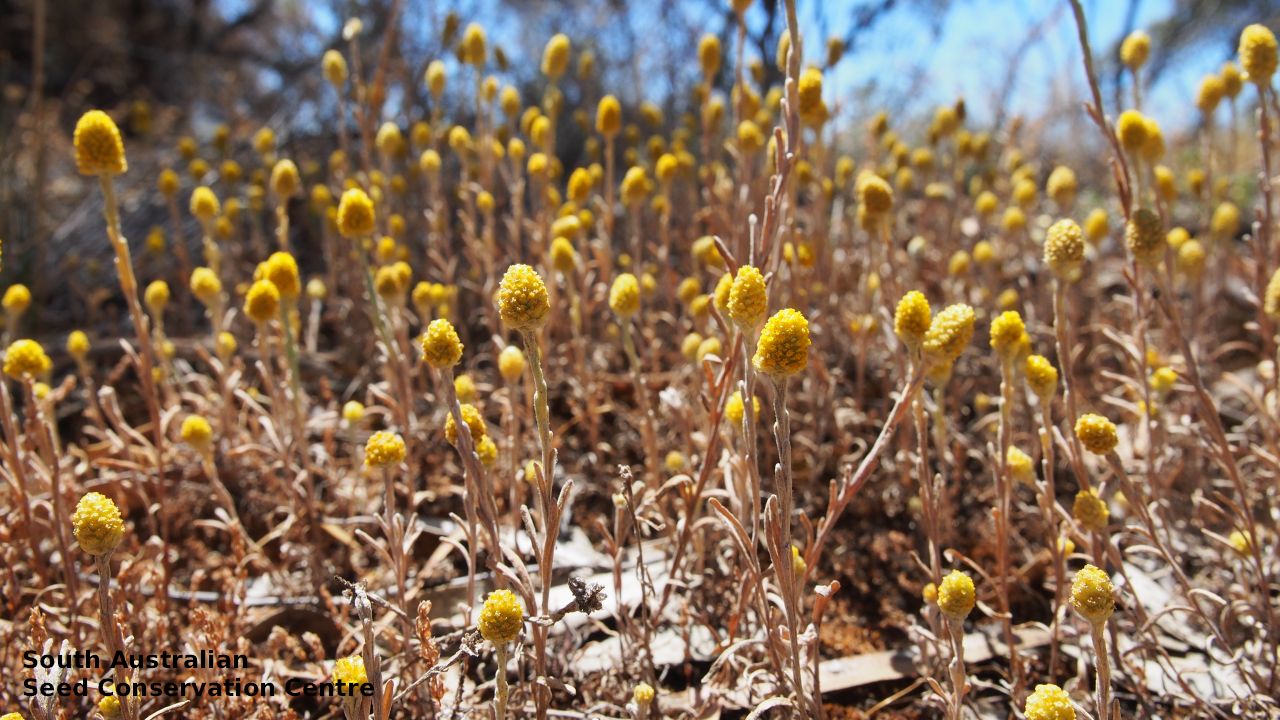

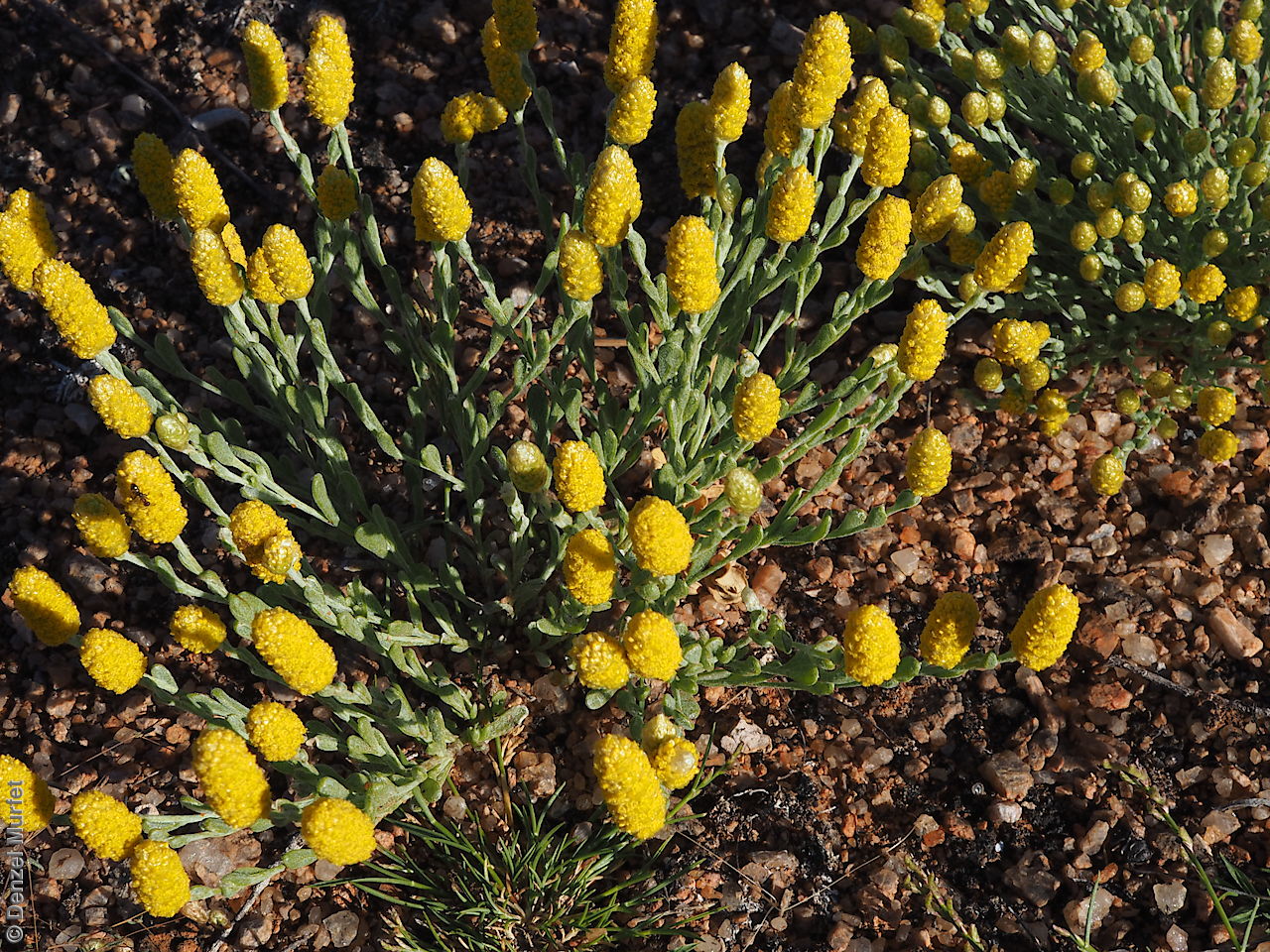
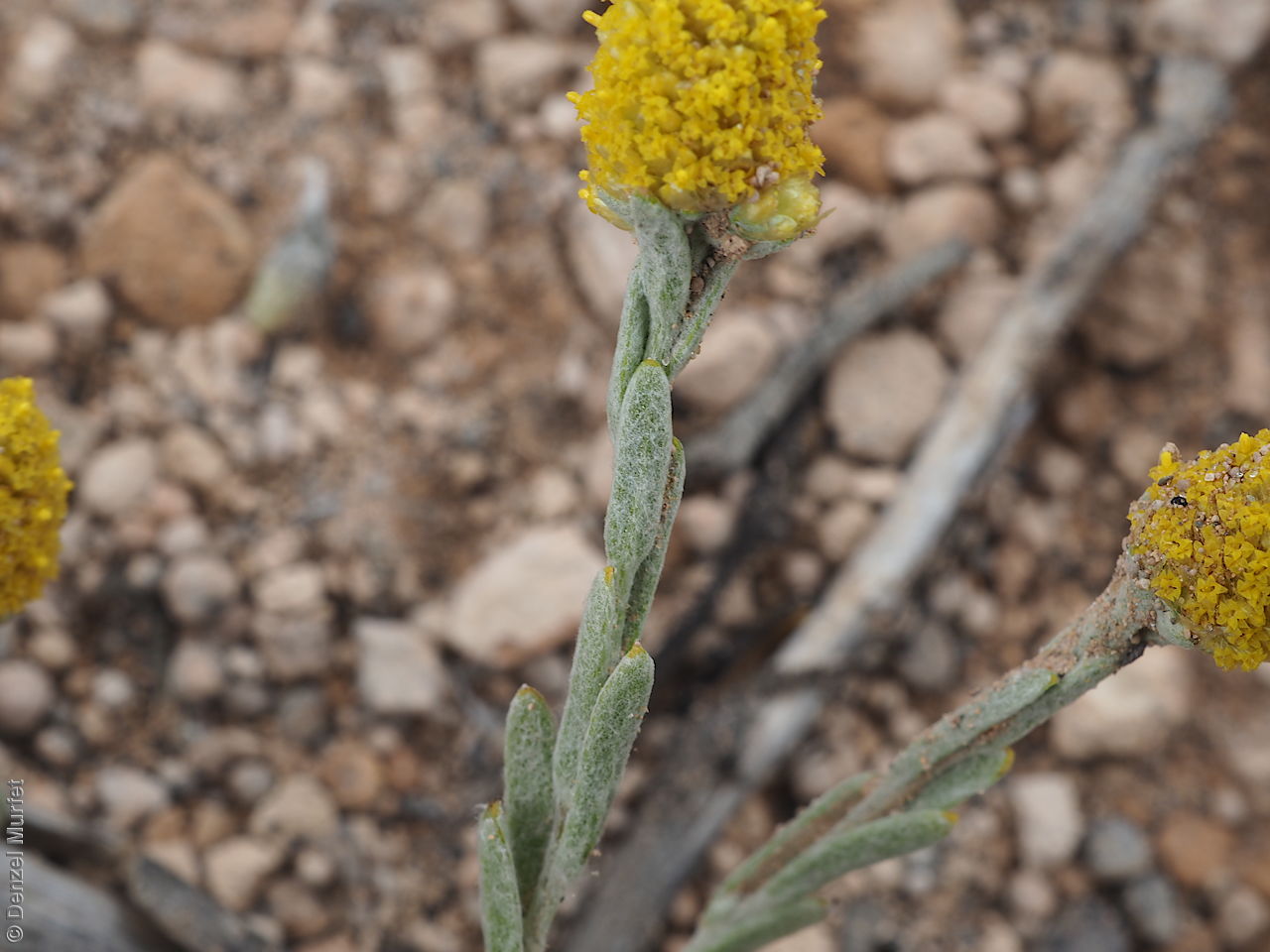
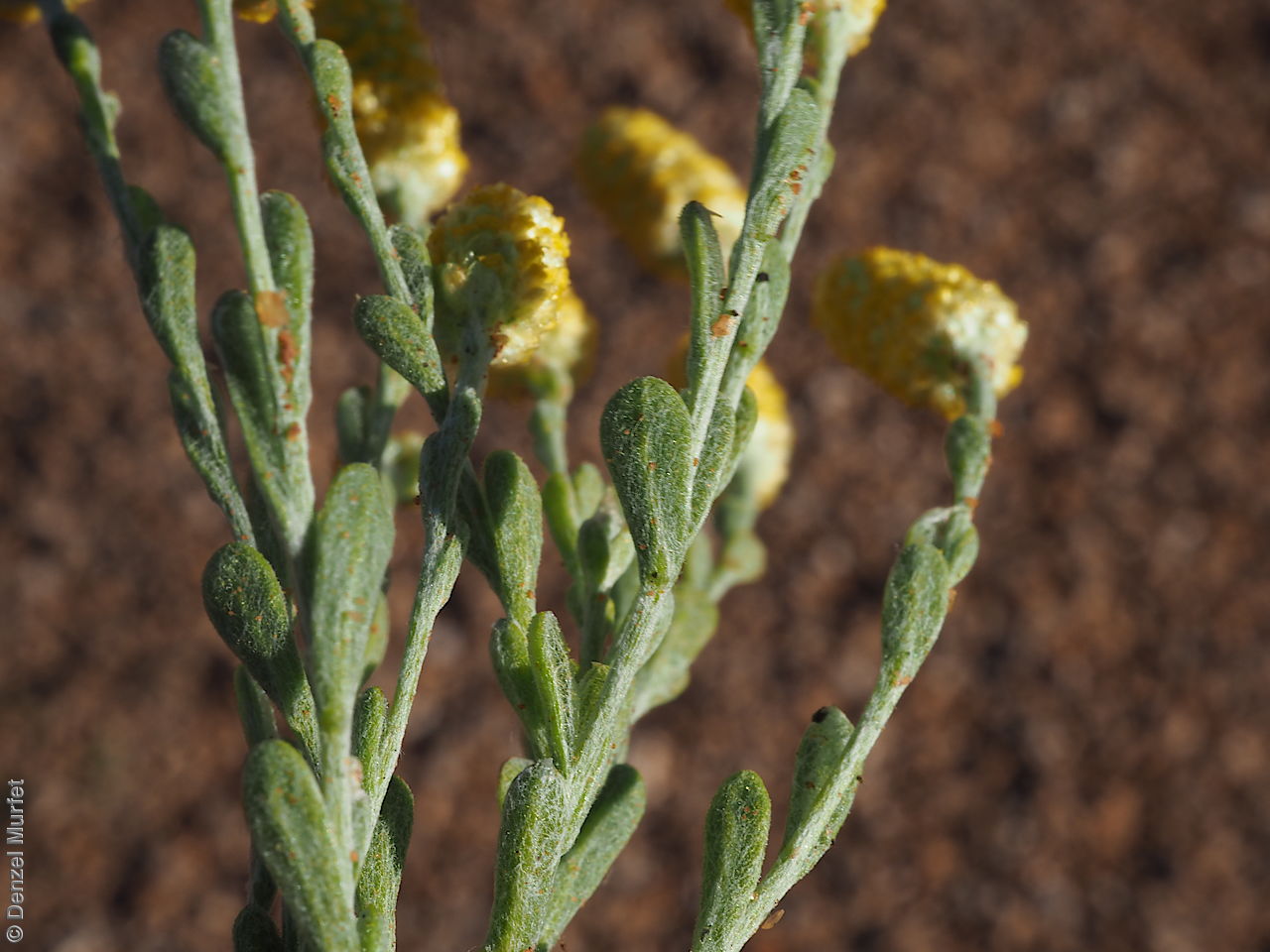
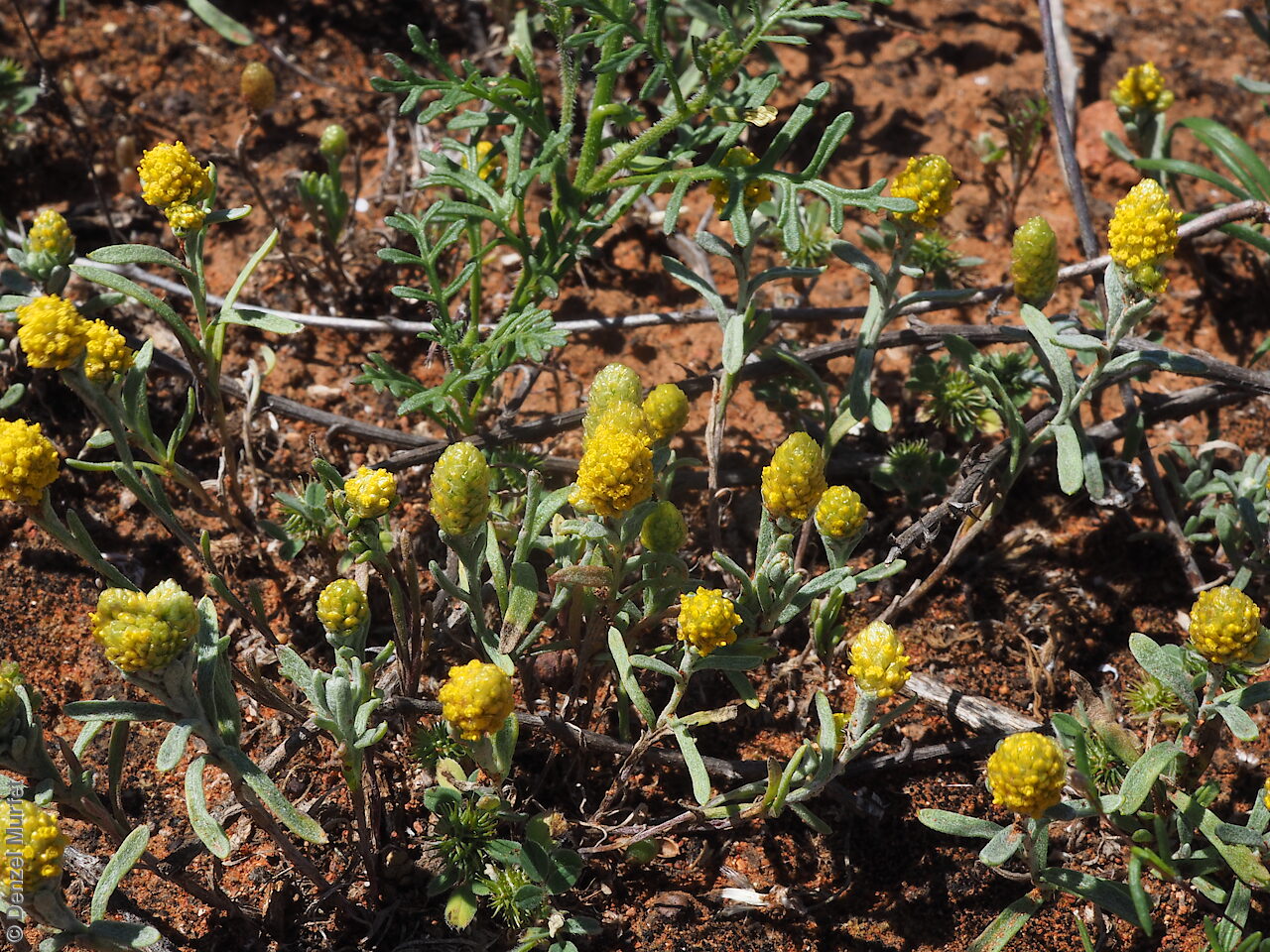
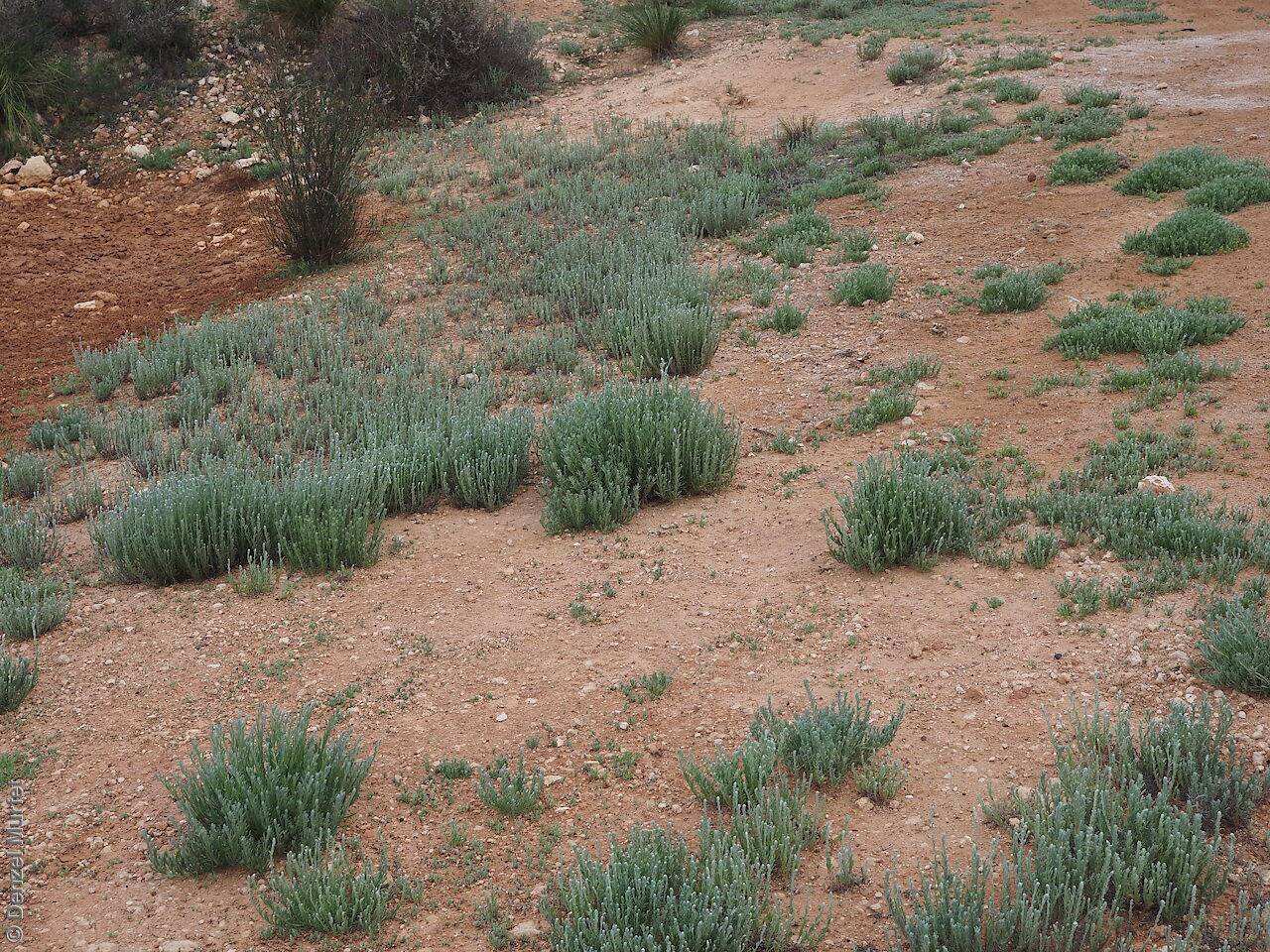
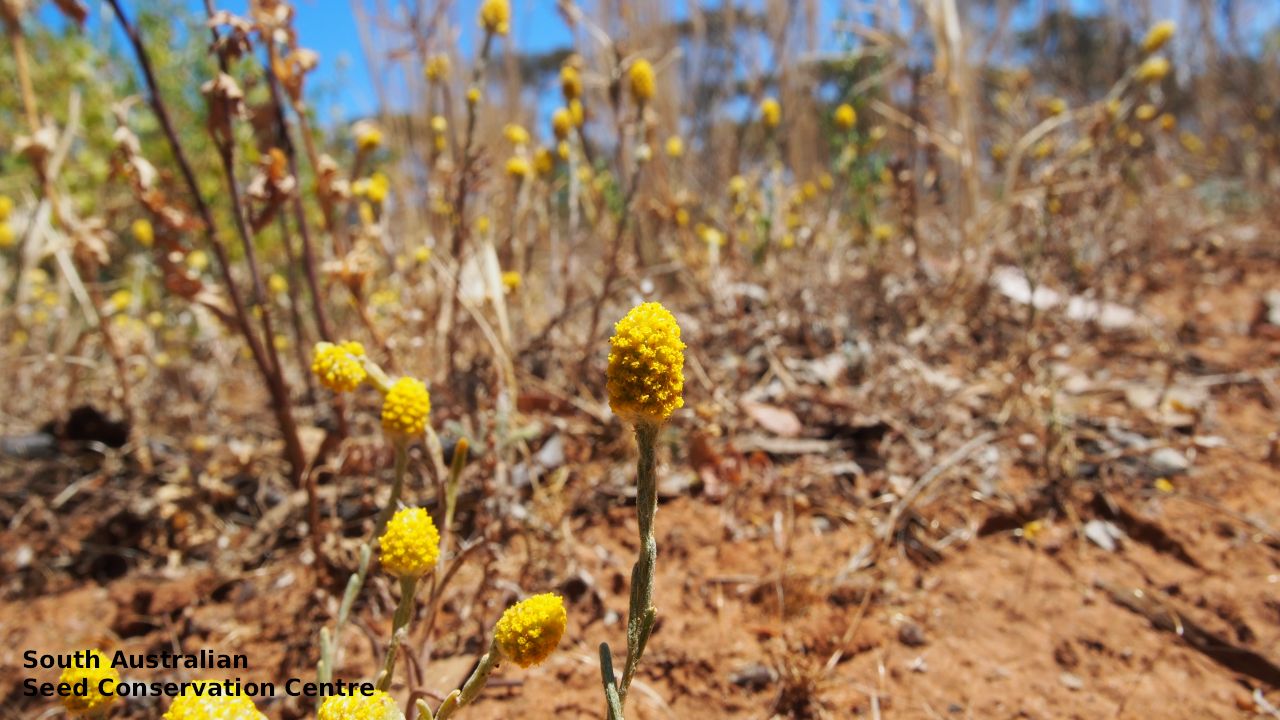
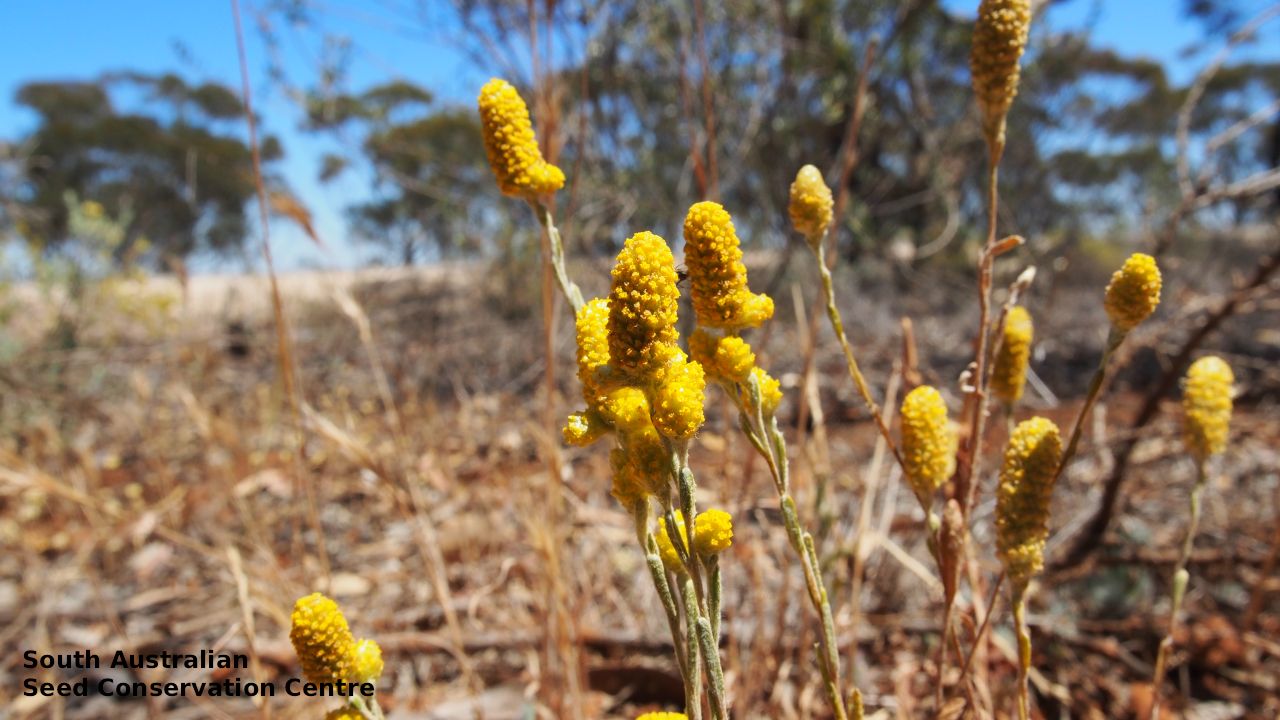
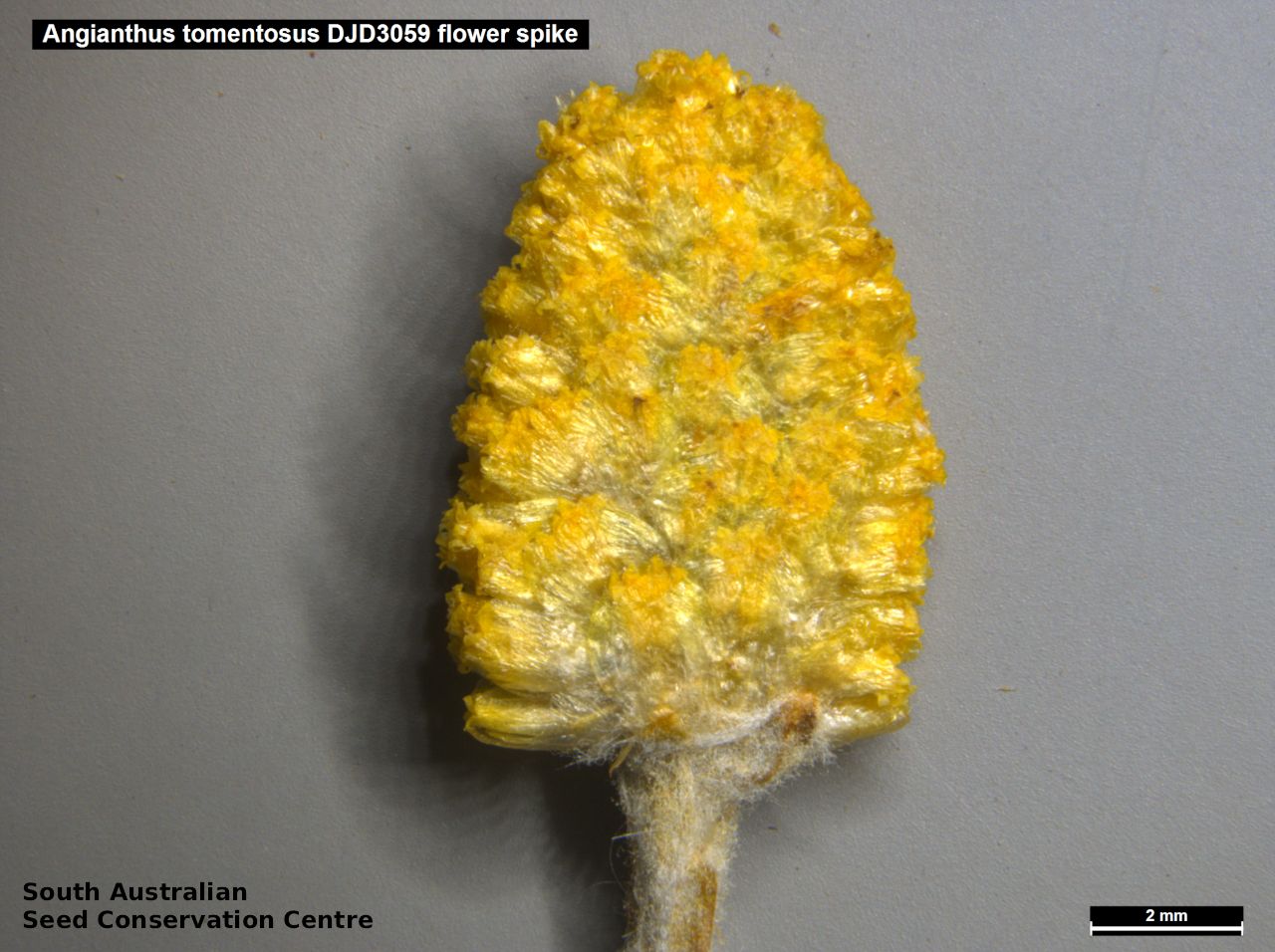
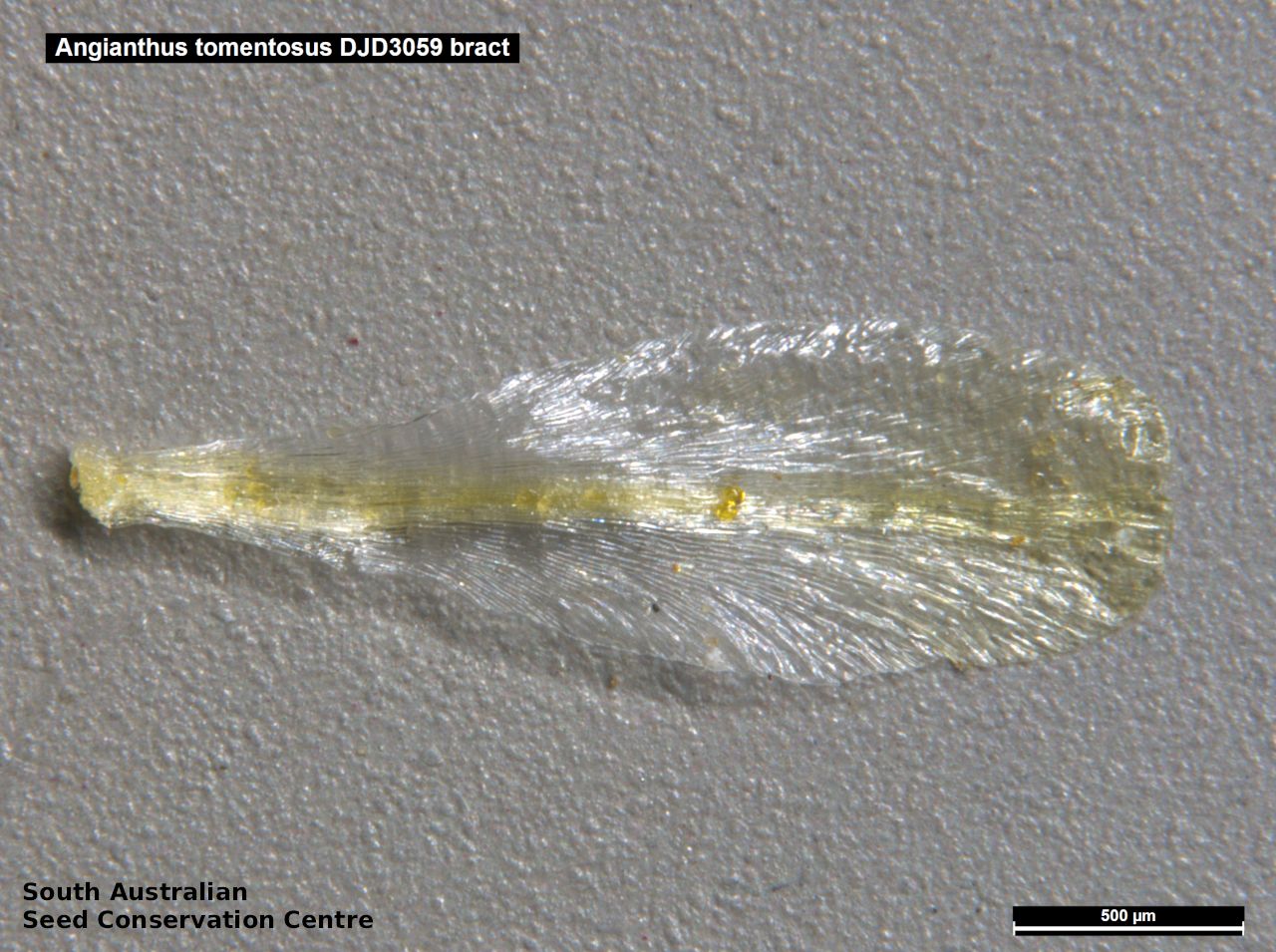
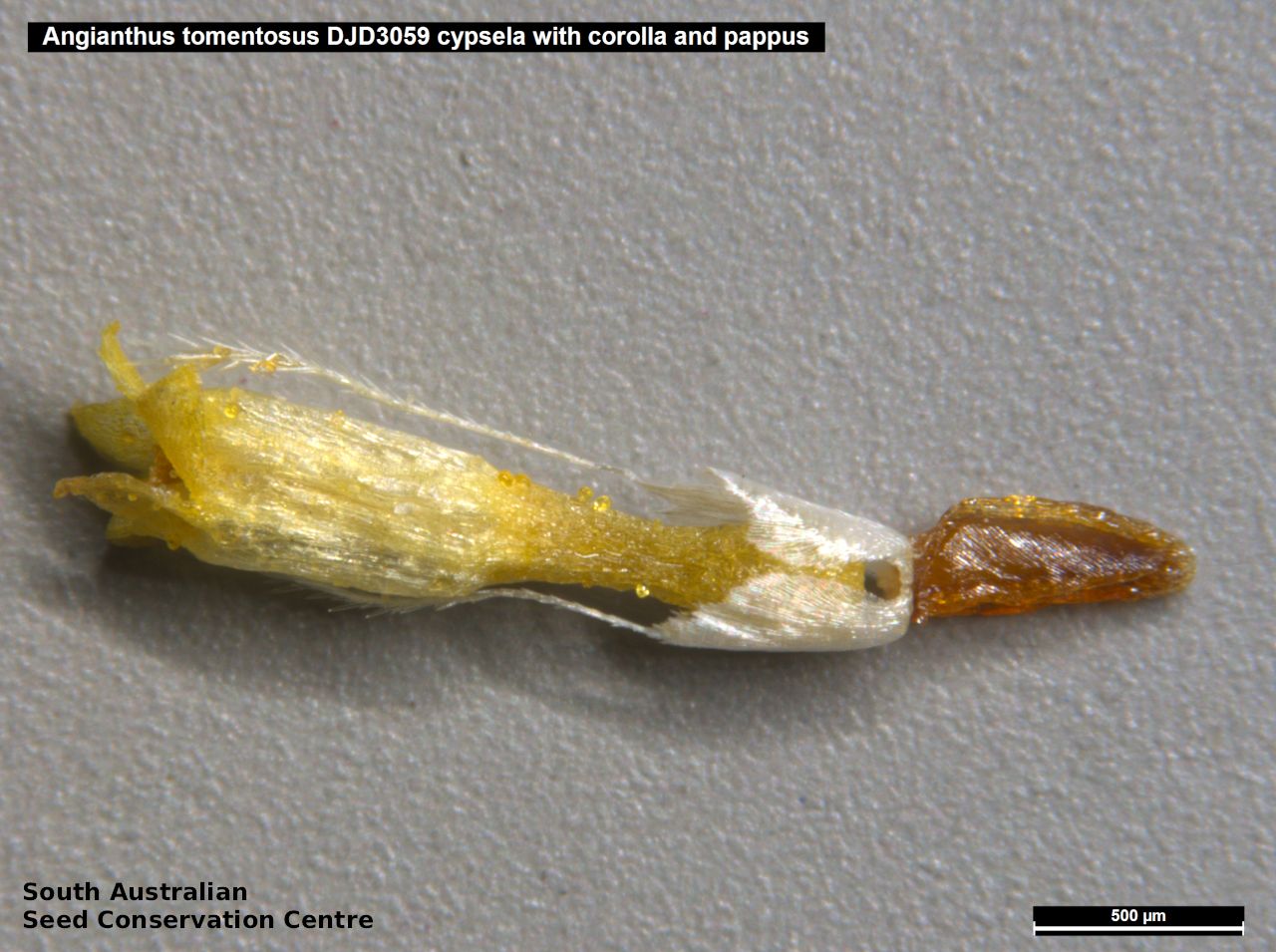
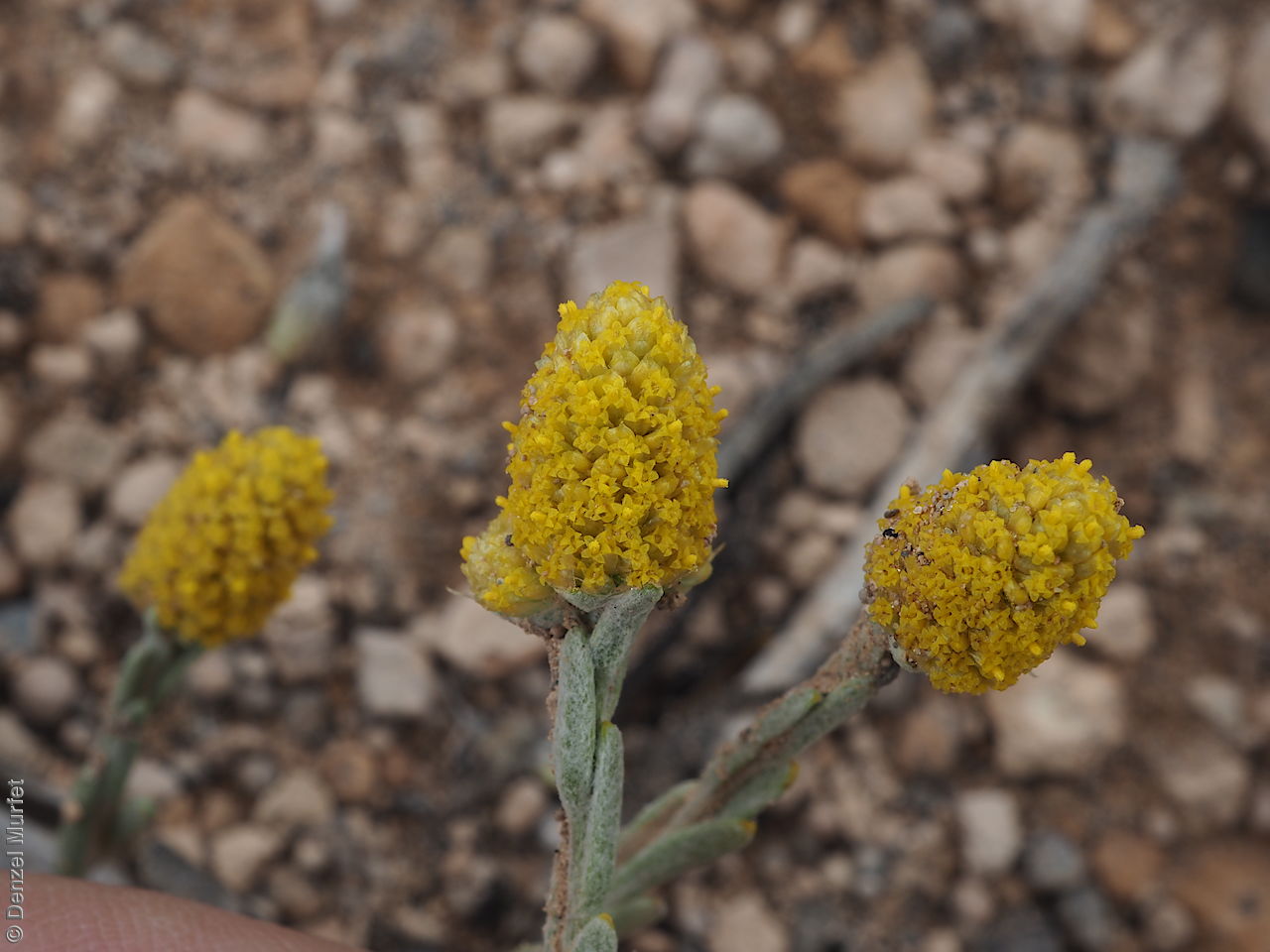
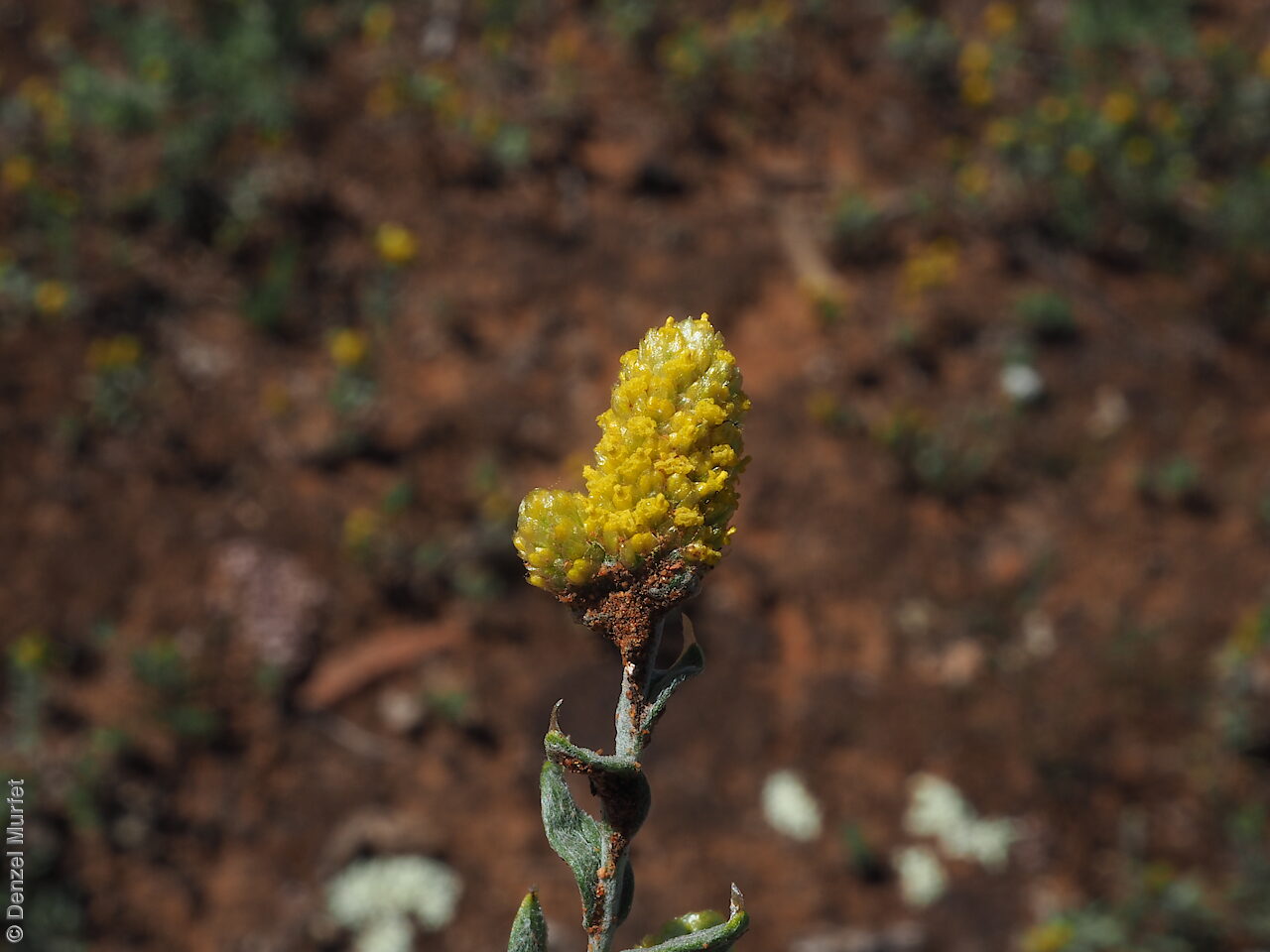

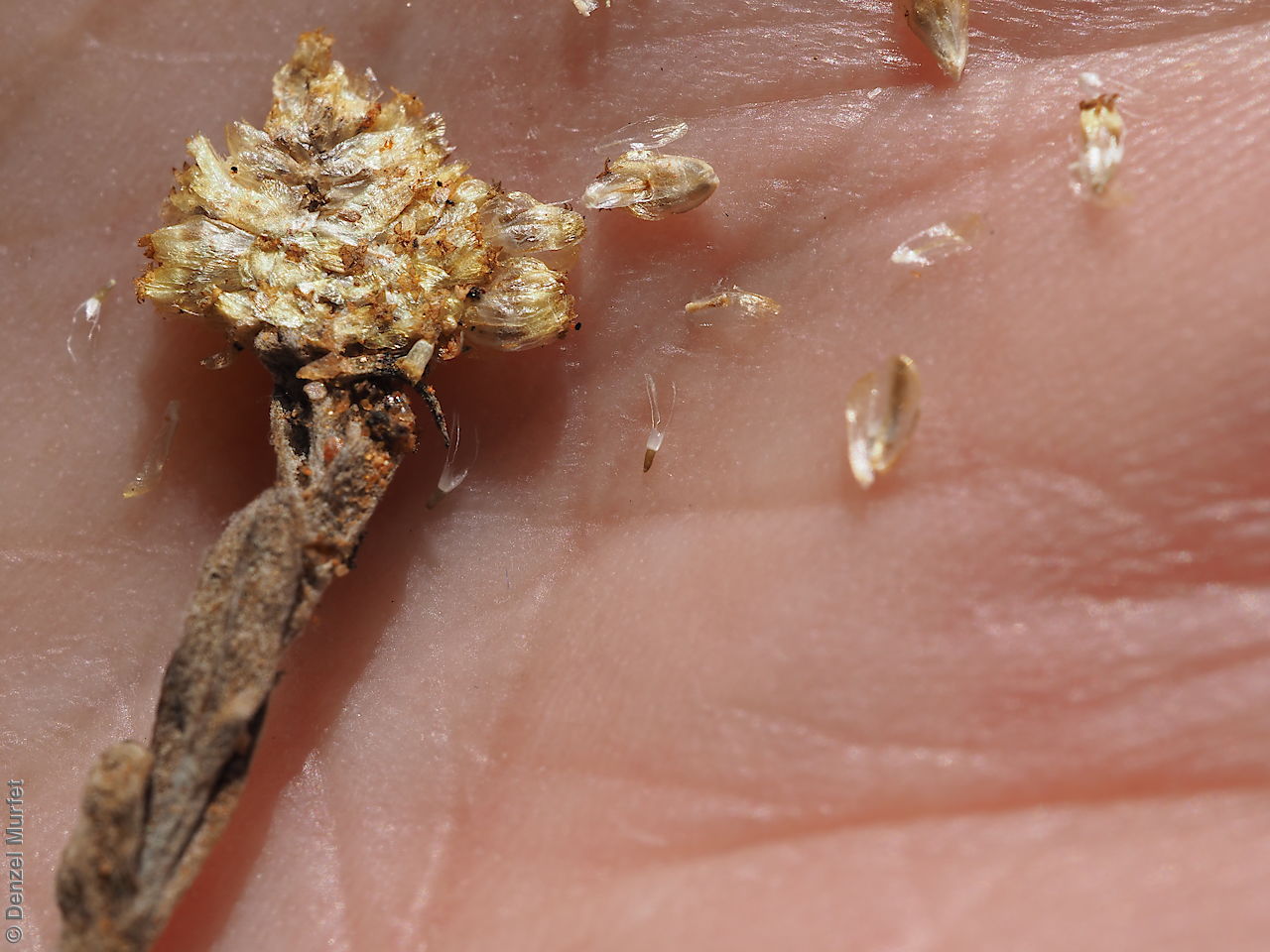
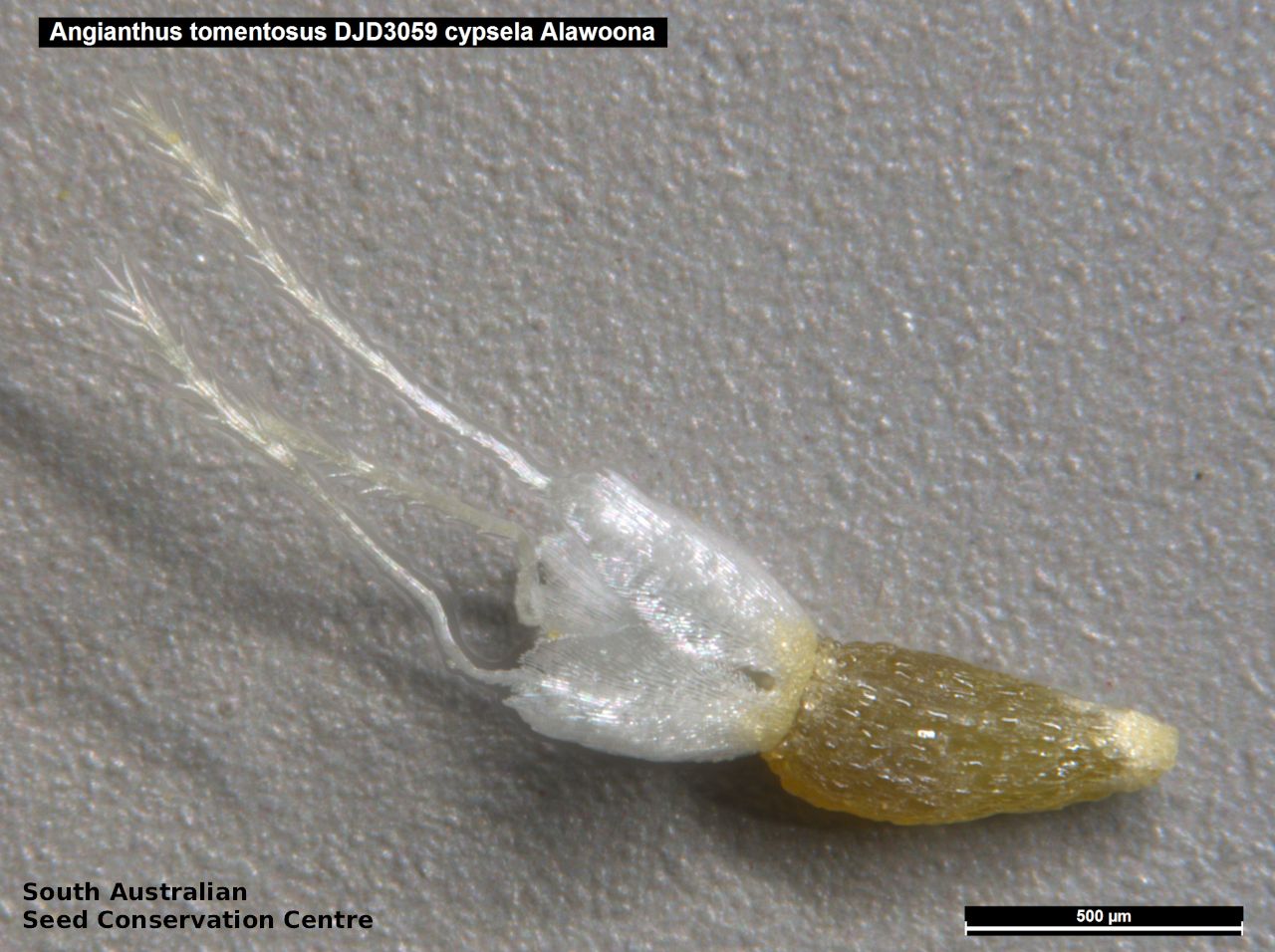
Regional Species Conservation Assessments per IBRA subregion.

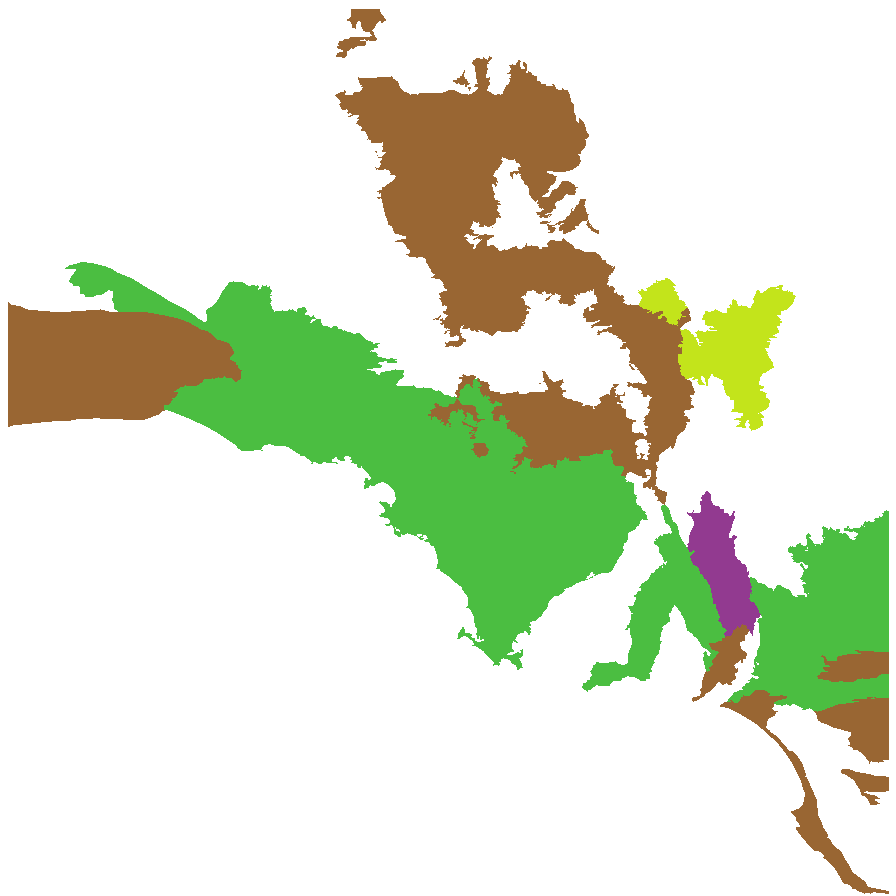
Least concern
Near threatened
Rare
Vulnerable
Endangered
Critically endangered
Extinct
Data deficient
Adelaide
Arkaroola
Ceduna
Coober Pedy
Hawker
Innamincka
Marla
Marree
Mount Gambier
Oodnadatta
Renmark
Wudinna
Keith
Yunta
Display IBRA region text
| Bridgewater (NCP01) | Naracoorte Coastal Plain | Rare (IUCN: RA d(i,ii)) |
| Mount Lofty Ranges (FLB01) | Flinders Lofty Block | Rare (IUCN: RA d(i,ii)) [limited habitat; likes salinity, limestone; edge of range] |
| Broughton (FLB02) | | Regionally Extinct [Historical record, presume extinct] |
| Northern Flinders (FLB05) | | Near Threatened [localised] |
| Southern Yorke (EYB01) | Eyre Yorke Block | Least Concern |
| St Vincent (EYB02) | | Least Concern |
| Eyre Hills (EYB03) | | Least Concern |
| Talia (EYB04) | | Least Concern |
| Eyre Mallee (EYB05) | | Least Concern |
| South Olary Plain (MDD01) | Murray Darling Depression | Least Concern |
| Murray Mallee (MDD02) | | Least Concern |
| Murray Lakes and Coorong (MDD03) | | Rare (IUCN: RA d(ii)) |
| Lowan Mallee (MDD04) | | Rare (IUCN: RA d(i,ii)) [edge of range] |
| Murray Scroll Belt (RIV06) | Riverina | Least Concern |
| Myall Plains (GAW01) | Gawler | Least Concern |
| Gawler Volcanics (GAW02) | | Least Concern |
| Gawler Lakes (GAW03) | | Rare (IUCN: RA d(i,ii)) |
| Torrens (GAW06) | | Rare (IUCN: RA d(ii)) |
| Yellabinna (GVD06) | Great Victoria Desert | Least Concern |
| Nullarbor Plain (NUL02) | Nullarbor | Rare (IUCN: RA d(i,ii)) |
| Yalata (NUL03) | | Least Concern |
| Hampton (HAM01) | Hampton | Rare (IUCN: RA d(i,ii)) |
| Breakaways (STP01) | Stony Plains | Rare (IUCN: RA d(ii)) |
| Oodnadatta (STP02) | | Rare (IUCN: RA d(ii)) |
| Macumba (STP05) | | Rare (IUCN: RA d(ii)) |
| Baltana (STP07) | | Rare (IUCN: RA d(ii)) |
| Bridgewater (NCP01) | Naracoorte Coastal Plain | Rare (IUCN: RA d(i,ii)) |
| 3 of 6 subregions | Flinders Lofty Block | Near Threatened , Rare , Regionally Extinct |
| 5 of 5 subregions | Eyre Yorke Block | Least Concern |
| 4 of 6 subregions | Murray Darling Depression | Least Concern , Rare |
| Murray Scroll Belt (RIV06) | Riverina | Least Concern |
| 4 of 8 subregions | Gawler | Least Concern , Rare |
| Yellabinna (GVD06) | Great Victoria Desert | Least Concern |
| 2 of 3 subregions | Nullarbor | Least Concern , Rare |
| Hampton (HAM01) | Hampton | Rare (IUCN: RA d(i,ii)) |
| 4 of 7 subregions | Stony Plains | Rare |
Botanical art
Kath Alcock paintings: 4
Prior names
Cassinia aurea
Common names
Hairy Cup-flower
Hairy Angianthus
Etymology
Angianthus from the Greek 'angeion' meaning a vessel or cup and 'anthos' meaning flower, referring to the cup formed by the pappus scales in Angianthuis tomentosus. Tomentosus from the Latin 'tomentum' meaning wool, hair, referring to the plant covered in cobweb or white-tomentose hairs.
Distribution and status
Found across the central part of South Australia, growing in coastal scrub, mallee, woodland and saline depressions. Also found in Western Australia, New South Wales and Victoria. Native. Common in South Australia. Common in the other states.
Herbarium regions: Lake Eyre, Nullarbor, Gairdner-Torrens, Flinders Ranges, Eastern, Eyre Peninsula, Northern Lofty, Murray, Yorke Peninsula, Southern Lofty, South Eastern, Green Adelaide
NRM regions: Adelaide and Mount Lofty Ranges, Alinytjara Wilurara, Eyre Peninsula, Northern and Yorke, South Australian Arid Lands, South Australian Murray-Darling Basin, South East
AVH map: SA distribution map (external link)
Plant description
Erect or ascending annual herb to 45 cm high with numerous stems arising from the base, covered in cobwebby to white-tomentose hairs. Leaves alternate, flat, oblanceolate, to 5 cm long and 5 mm wide, cobwebby, greyish-green. Flower-heads ellipsoid to narrow-ovoid, to 50 mm long and 11 mm diameter with yellow ray-less daisy flowers. Flowering between August and December. Fruits are dense, dry daisy-heads. Seeds are light brown, pyramid-shaped achenes to 0.6 mm long, with 2 or 3 bristles. Seed embryo type is spathulate fully developed.
Seed collection and propagation
Collect seeds between October and February. Collect heads that are hard, drying off and turning pale brown. Place the heads in a tray for a week to dry. Then rub the heads gently with your hands to dislodge the seeds. Be carefully as the seeds are very small. Viable seeds will be dark and hard. Store the seeds with a desiccant such as dried silica beads or dry rice, in an air tight container in a cool and dry place. Seed viability is usually high. Seeds are non-dormant, viable seed should germinate readily.




















